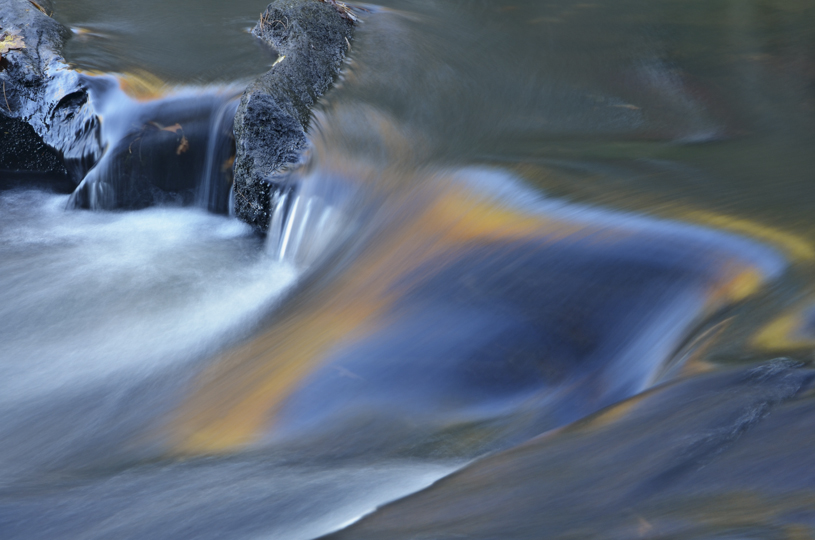Hi Friends, I hope you are enjoying fall wherever you live. Isn’t it a wonderful time of year? It’s been a while since you’ve heard from me because I’ve been up in the Adirondacks of New York, kayaking, hiking and just enjoying the beauty of the season. If you’ve never seen the Adirondacks in autumn, I highly recommend it. The variety and intensity of the colors is spectacular!

Is your yard filled with fallen leaves? Do you rake them up, or use a leaf blower to pile them up and then put them in bags to be hauled off? Then this article is for you.
Like many other things in nature, leaf litter is horribly misnamed, giving people the idea that, like garbage, leaf LITTER is something that needs to be cleaned up. But you know what? Those leaves in your gardens and yards are FREE fertilizer that you might want to consider leaving alone.
Tell me if this makes sense to you. People collect all of their leaves, put them in bags that are hauled away to be dumped, often, in landfills. Then, thinking they need nutrients for their soil and wanting everything in their yards and gardens to “look nice,” they spend hundreds of dollars on mulch which they then use to replace all those leaves they just removed. Talk about a waste of time, money and resources!
In 2018, the EPA estimated that yard trimmings in the United States equaled 35.4 million tons. Tons! Don’t you think that’s an amazing number?

We need to rethink our yards, and especially, the outdated practice of wasting valuable nutrients in the aim of making everything “neat.” Neat doesn’t support wildlife. Neat doesn’t soak up and filter rain water. Neat doesn’t return essential nutrients to the soil.
Leaf litter is essential to many animals, including fireflies. Some moths and butterflies overwinter in the leaf litter. Ladybugs, salamanders, toads and MANY other animals seek shelter in the leaf litter. Leaf litter helps filter our rainwater and soak up excess, preventing flooding. It helps the soil retain moisture. Inside of that leaf litter there is a whole community of tiny organisms that supply food to many other animals in the food web like birds. Most of all, when that leaf litter decomposes, it returns priceless nutrients back into the soil where our trees, flowers and other plants can then take advantage of it.
If you can’t, or don’t feel comfortable leaving all of your leaves on your lawn, consider raking them up and piling them under and around your trees or in your garden–just like the way you do mulch that you bought at a store. You can pile them up to insulate your plants for the winter, allowing all of those nutrients to be added back to your garden as the leaves break down. Another idea is to run the lawnmower over them to make them smaller, then collect and use this in the same way you would use mulch. This natural leaf mulch is 100 times better than any mulch you buy at your local garden center and the best part is, it’s FREE!
Why not take advantage of this FREE and priceless gift that Mother Nature gives us every fall instead of adding it to our landfills?




In the corner of the backyard where my parents used to live, I planted trees such as hemlock, spruce, oak and dogwood as habitat for wild birds to feed in and find shelter when using my bird feeders all year round. Though there was parental pressure to rake the remaining area and bag the leaves for city composting, I let the leaves accumulate under the treed area, about 15 by 10 feet, where resident and migrant birds could always be seen feeding from the ground up. I believe that if all homeowners, especially ‘lawnatics’ who obsess over their bare feet-friendly, cushiony-soft, green lawns would make part of their yards available to wildlife, they would increase their contact with with Nature, and reduce their stress in doing so.
Murray, I agree with you 100%! Never heard the term lawnatics, but man, that’s a good one and it does accurately describe some people. Thanks for sharing your thoughts.